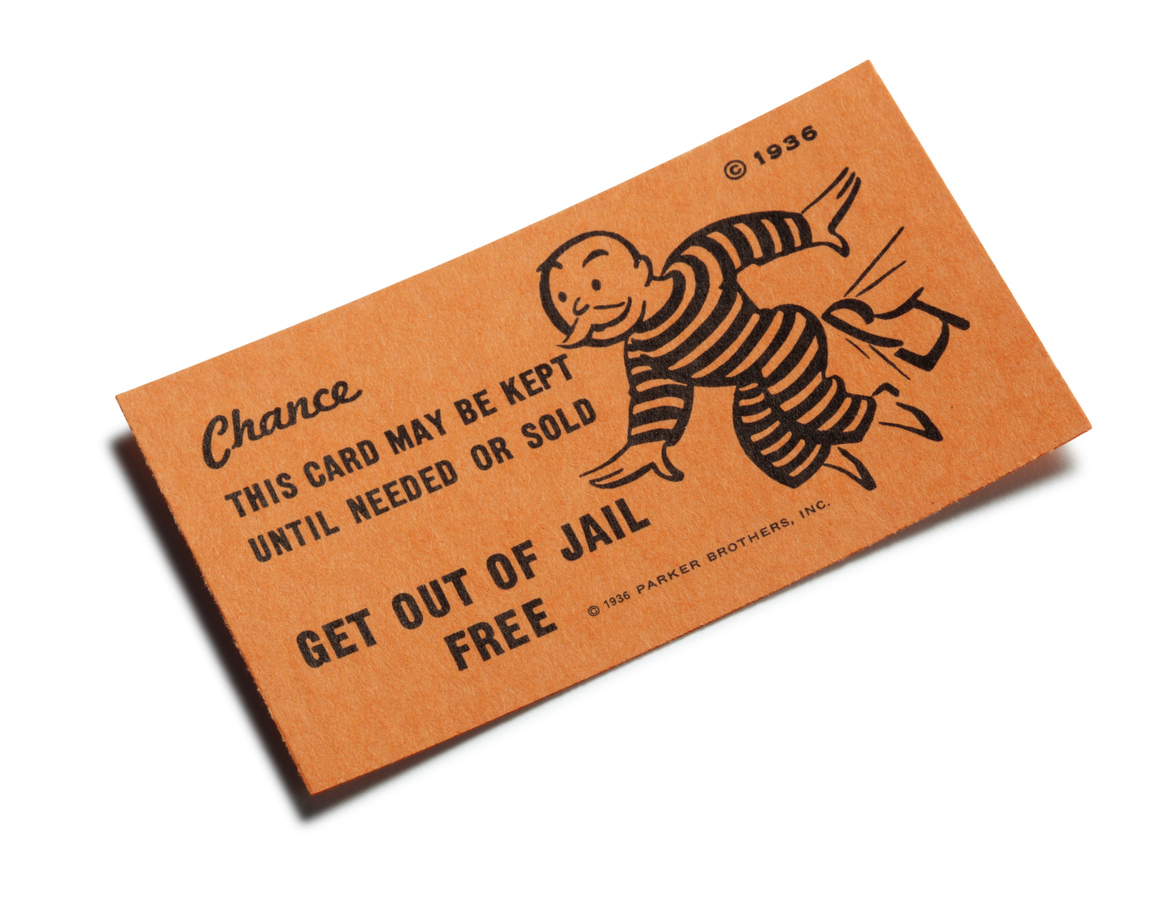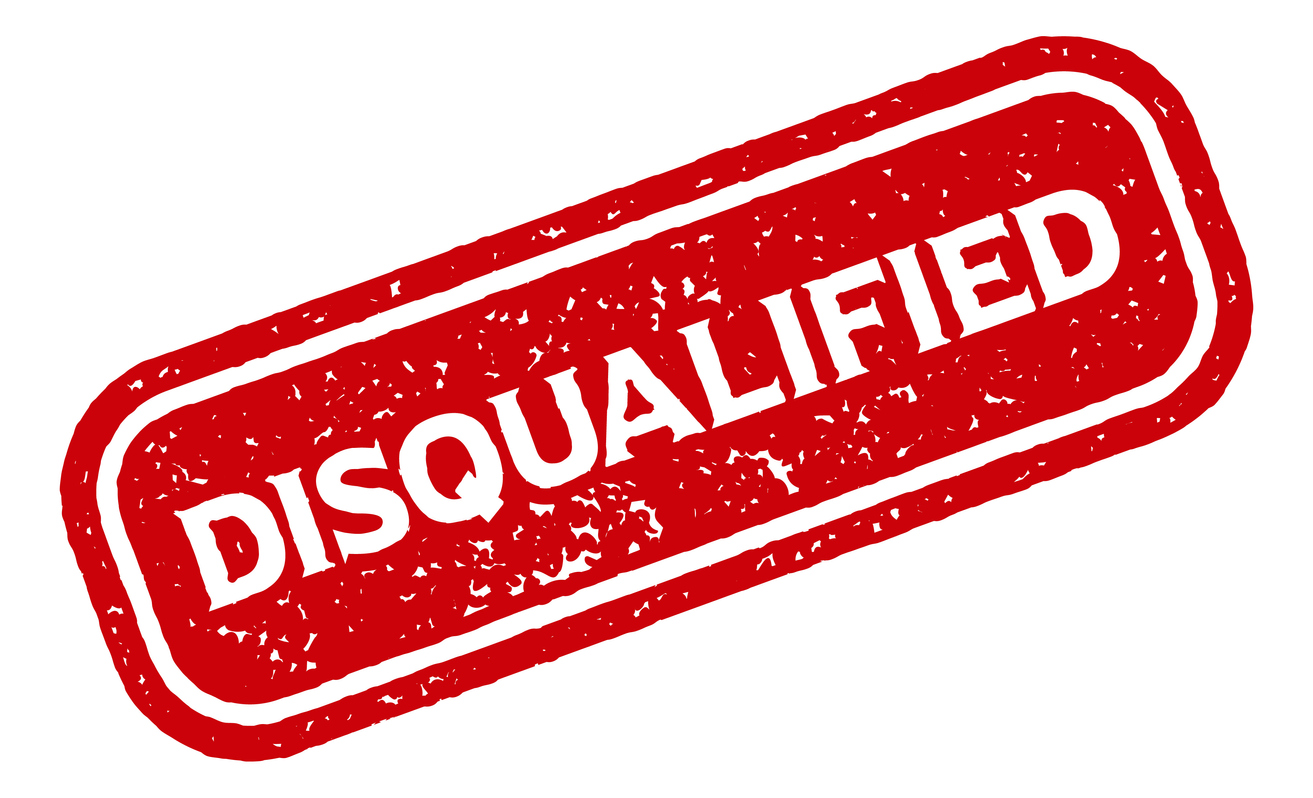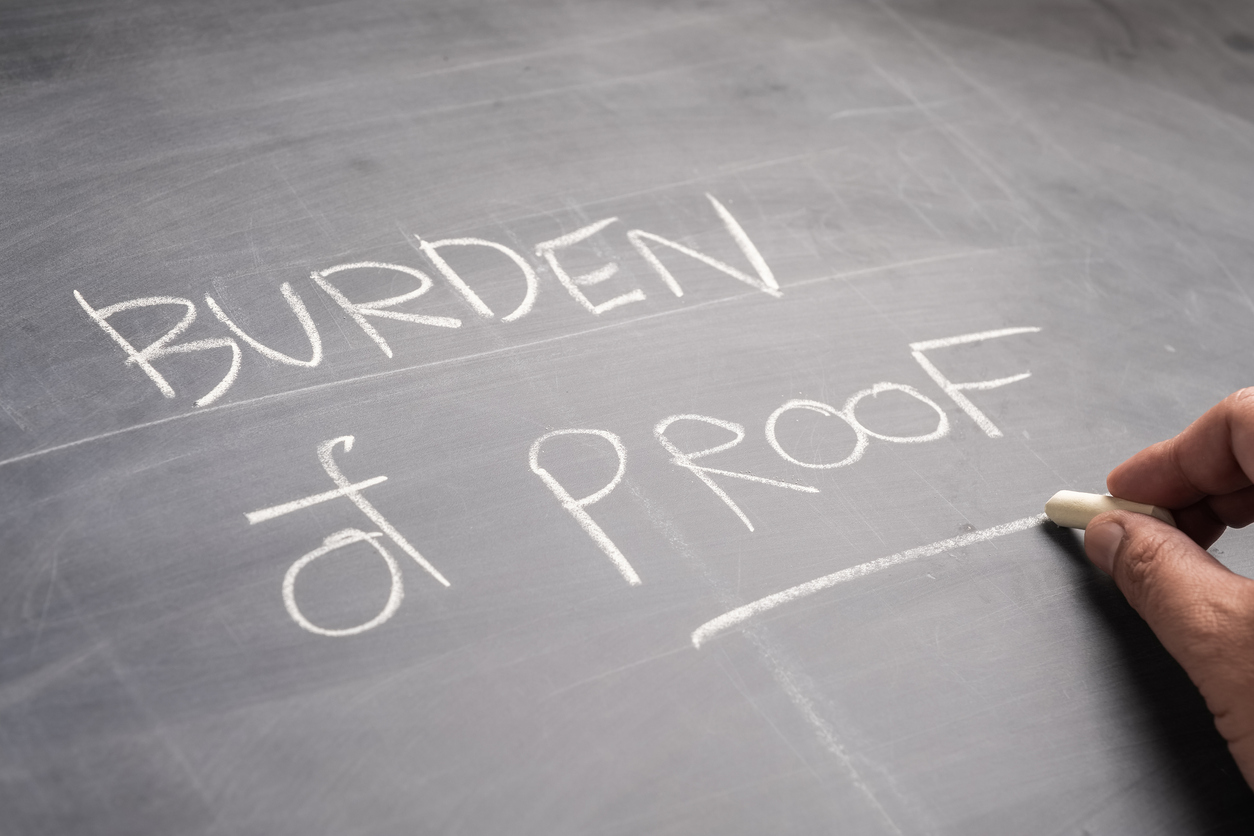With respect to bad faith claims made in State Farm Fire & Casualty Co. v. Simmons, 963 S.W.2d 42 (Tex. 1998), the Court ruled that an insurer cannot insulate itself from bad faith by conducting a biased or pretextual investigation. The Court also ruled that the scope of the appropriate investigation varies depending upon the claim’s nature, value, and complexity. However, this ruling was not unanimous and there were two dissenting opinions.
Most notably, Justice Hecht’s dissent criticized the Court for failing to define the tort of bad faith. He stated:
The decision in this case, as in most bad faith cases, lamentably, is driven not nearly so much by legal principles as by the belief of individual judges that State Farm was not entirely fair and should pay the Simmons some money. There is bad faith in insurance claims processing, and when it occurs, insured should have a remedy. Until we formulate a body of law that defines bad faith sufficiently, we continue with our we-know-it-when-we-see-it approach that does little to change the lottery-like nature of the bad faith cause of action. I continue to believe that the Court’s bad faith decisions refuse to give adequate definition to the tort of bad faith.
Although Justice Hecht wasn’t part of the majority, I believe he touched on a very important issue regarding bad faith. Without sufficiently defined guidelines, bad faith causes of action will continue to involve some lottery like characteristics. Without clear rules, the parties are at the mercy of a judge or jury to decide bad faith issues under a “we-know-it-when-we-see-it” approach. This approach has resulted in seemingly inconsistent bad faith rulings.
As Justice Hecht implied, an end result that is partly based on the luck of the draw is unfair to all parties involved. Even though he issued a dissenting opinion, one can only hope that future bad faith decisions take his concerns into account.



